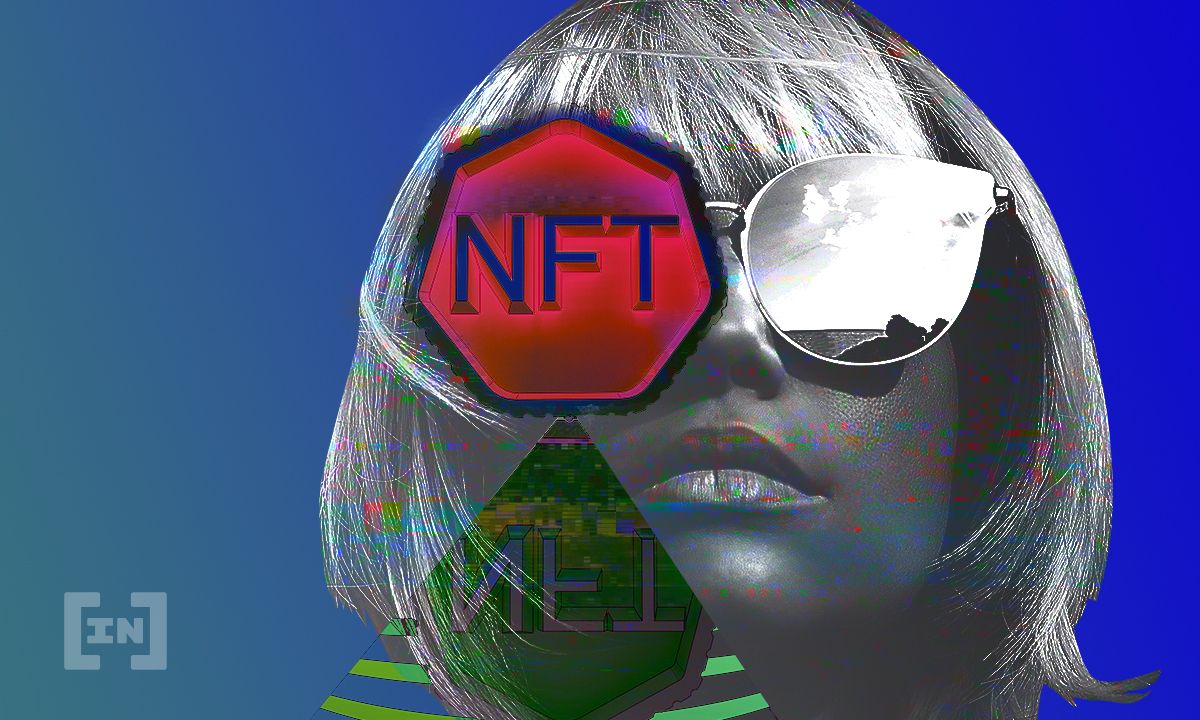Wildlife streaming service WildEarth is minting non-fungible tokens (NFTs) of game reserve animals to raise money for conservation.
The NFTs will feature 25 of the most prominent animals on the Djuma Game Reserve in South Africa, like Tlalamba, a four-year-old leopard, who has become the most sought-after among buyers. Roughly 40% of the proceeds for the NFTs currently priced around $200 each will go to upkeep of the animals’ habitat.
Through an app, NFT owners also gain special access to images, video and information about their animals, and can communicate with other NFT owners. NFT owners also get other special privileges such as voting rights for the names of their animal’s cubs, and priority on any of their potential NFTs.
According to WildEarth co-founder Graham Wallington, the project enables animal enthusiasts to act on their sense of responsibility, now in a way that offers a reliable and low-impact revenue stream for global conservation.
“If we don’t create the necessary economic incentives to conserve wildlife, it won’t happen,” he said, adding that conservation income had proven massively unreliable during the pandemic. “We’re going to have to find a solution which allows people at home to conserve nature in the wild.”
Conservation expansion
Djuma reserve owner Jurie Moolman also praised the project for bringing awareness and funding to the park without having to threaten it by hosting too many people. “We’re trying to tread the earth lighter,” he said. So far, sales of over 1,000 NFTs have already raised some $16,000 for the Djuma reserve. Royalties could prove an additional source of revenue if any demand exists on the secondary market.
While Moolman looks to keep things contained, Wallington is focused on expansion. Next, he hopes to sign up penguin colonies in the country’s southern reserves, as well as Kenya’s Maasai Mara. “We’ve got a plan to scale this, in our roadmap, to all conservation areas around the world,” he said.
What do you think about this subject? Write to us and tell us!
Disclaimer
In adherence to the Trust Project guidelines, BeInCrypto is committed to unbiased, transparent reporting. This news article aims to provide accurate, timely information. However, readers are advised to verify facts independently and consult with a professional before making any decisions based on this content. Please note that our Terms and Conditions, Privacy Policy, and Disclaimers have been updated.


